Freshman Tori Fox stands tall atop the competition stage in Indianapolis, staring out at the sea of people below her. Her effort in her appearance is evident, with a vibrant headband pushing back her carefully curled blonde wig. Lips outlined in a warm pink lipstick, she smiles wide. Her fuchsia dress covered with Swarovski crystals glints in the buzzing stage lights. She takes a slow, deep breath to gather her racing thoughts. After a moment, she begins her Irish jig.
After discovering Riverdance, a theatrical show featuring traditional Irish dance and music, on YouTube as a child living in Saudi Arabia, Fox was immediately drawn in by its stunning uniqueness and flair.
“I thought [Irish dancing] was cool because it was something different,” Fox said. “It’s not like lyrical, tap [or] jazz. I did ballet for a minute, but it just wasn’t very fun to me. Irish dance was so cool and fun, so it really attracted my focus.”
Fox began her dance career at Clarkson School of Irish Dance. She started purely for the fun of it.
“At my first competition, my only goal was to go out on stage and make the judge smile,” Fox said. “It really just flourished from there. I always had dreams of going to Worlds, Nationals and Oireachtas [Regionals] but I never knew that it would get to this place of qualifying and going to Worlds.”
Fox transferred to The Clark Academy of Irish Dancing, which was founded in 2008 by Mary Jo Clark-Cange, in December 2018 to continue her Irish dance journey.
“[Fox] has always had a really open mind about growing and anybody who has an open mind about growing I love to work with,” Clark-Cange said. “She just happens to also have a really great skill set and she happens to be a really good person. So, she adds a lot to the culture and our studio.”
Victoria Teske, Fox’s teammate, is a night nurse. She started Irish dancing when she was 11 years old and transferred to The Clark Academy of Irish Dance when she moved to Missouri from Arkansas in 2014.
“We have a lot of dancers that are in the same age groups, but we all want to see each other succeed,” Teske said. “We like to watch each other’s dances and results and be there for each other.”
On her team, Fox participates in solo and group dances. Leading up to Oireachtas, the height of dance season, Fox practices around 16 hours a week.
“[During practice], we’ll do some type of warmup and each week we have a different technique to focus on and sometimes a different step to focus on,” Clark-Cange said. “We’ll often do some drills and steps and just depending again on what our focus is at the moment, sometimes we work on stamina and sometimes we do more stretching.”
Through practice, Fox has slowly developed her own unique style and built upon her skills.
“[Fox has] learned how to combine some of the athleticism that has to come with Irish dancing, and the power with her [is that she’s] graceful,” Clark-Cange said. “She’s combined that with the attack and bringing the rhythm to make an overall stronger performance.”
Fox competes once or twice a month on back-to-back weekends. Nationals are in July, Oireachtas are in November and Worlds are the week before Easter.
“On your odd age group years, which is whatever age you’re turning that year, you dance to [a] slip jig, which is a slower soft shoe dance, and then a treble jig, which is a little bit faster,” Fox said. “On your even years, you dance to a reel, which is also fast, and then you dance to [a] hornpipe, which is a slower hard shoe dance.”
Fox qualified for the 2023 Worlds at the previous Oireachtas. At that Oireachtas, she danced with a broken foot, unable to take a medical exemption, and placed 6th.
“This past April was my first time at Worlds, but I actually came only three away from Worlds the previous year,” Fox said. “But that’s okay because I know it was definitely part of my journey. Looking back on it, I was not meant to go to Worlds that year because I just wasn’t ready. I’m glad I came when I was ready and came out with a bang.”
Worlds was held in Montreal last year. The dancing started at 8 a.m., so Fox had to wake up at 3 a.m. in order to get ready before she danced. She had to put on her wig and makeup, which she was taught how to do by her first dance teacher, and warm up before she competed.
“I got through the first recall, which is 50% of the 1% that actually qualify for Worlds altogether,” Fox said. “Then, I got 62nd overall. I knew it wasn’t my best dance day, but I’m still really proud of that.”
At the last Oireachtas, Fox competed again. She warms up to Shakira’s “Waka Waka (This Time for Africa)” at every competition and Mariah Carey’s “All I Want For Christmas Is You” at Oireachtas to get in the Christmas spirit. During major competitions, she then dances in front of around 500 people and five judges. During her performances, Fox feels a flurry of emotions.
“When I get on stage, I’m completely numb,” Fox said. “I just go on autopilot. At that point, you’ve already done all the work, so you just have to trust yourself to do it. By the end, you’re dying because you can’t catch your breath and your muscles hurt really bad. But after you get on stage, it feels really great knowing that you did such a good job and gave everything you had.”
After giving her all on stage, Fox came in third place at Oireachtas and qualified to compete at the next Worlds, which will be held in Glasgow, Scottland in April.
“I was able to watch [Fox] dancing and her awards and [I loved] getting to give her a big hug after she got off stage,” Teske said. “She shares a lot with me, so I know what stresses her out and what she’s excited for and what she hopes for. Getting to watch her reach her goal was just absolutely incredible.”
While Fox wins individual awards, she doesn’t always compete alone. She danced in four-hands, four-person groups, with her team at Oireachtas and Worlds.
“[Group performances] can be really fun because you can’t dance like a solo dancer,” Clark-Cange said. “You have to try to match each other and look exactly alike. Doing team dancing really helps embody that team spirit.”
Fox also performs in private events, such as weddings, and in public with her team. Around last St. Patrick’s Day, Fox and her team danced in eight shows, including some in Dogtown, downtown St. Louis and Clayton. The height of performance season is around St. Patrick’s Day when Irish dancers come together to celebrate Irish culture.
“The support is just unreal,” Fox said. “[My teammates] have become my family. I will go to them if I need anything. I’m so lucky to have them.”
Fox isn’t sure where the future will take her, whether to Irish dance in college or maybe further to a professional career. What she is sure about is that she wants to teach kids to dance and help them to follow in her footsteps.
“I hope to see myself teaching the younger ones [in the future],” Fox said. “I’ve already started that. I really enjoy doing that because they are the next generation. I feel very honored to help teach them and I also hope to see myself as a role model to them, because I always looked up to the older dancers when I was younger. It always made me see [that] I could do anything, and it really just gave me hope for the future if I worked hard.”
Fox isn’t afraid to flaunt her passion. She feels that all sports, not just the common ones, should be celebrated.
“Just own [your sport],” Fox said. “No matter what sport it is, even if it’s unique, just go for it and find your own passion because everyone’s passions are different. You have to find that [passion] and then just embrace it.”



![Freshman Tori Fox dances onstage at the 2023 Oireachtas. Many of her teammates watched her dance and praised her after she received her placement. The support of Fox's teammamtes empowered her. “When I got third [at Oireachtas], everybody just started crying for my friend and I because we were top three together,” Fox said. “When I came off stage, everybody was just running over and trying to hug me."](https://laduepublications.com/wp-content/uploads/2024/04/gu14b-335-0098.jpg)
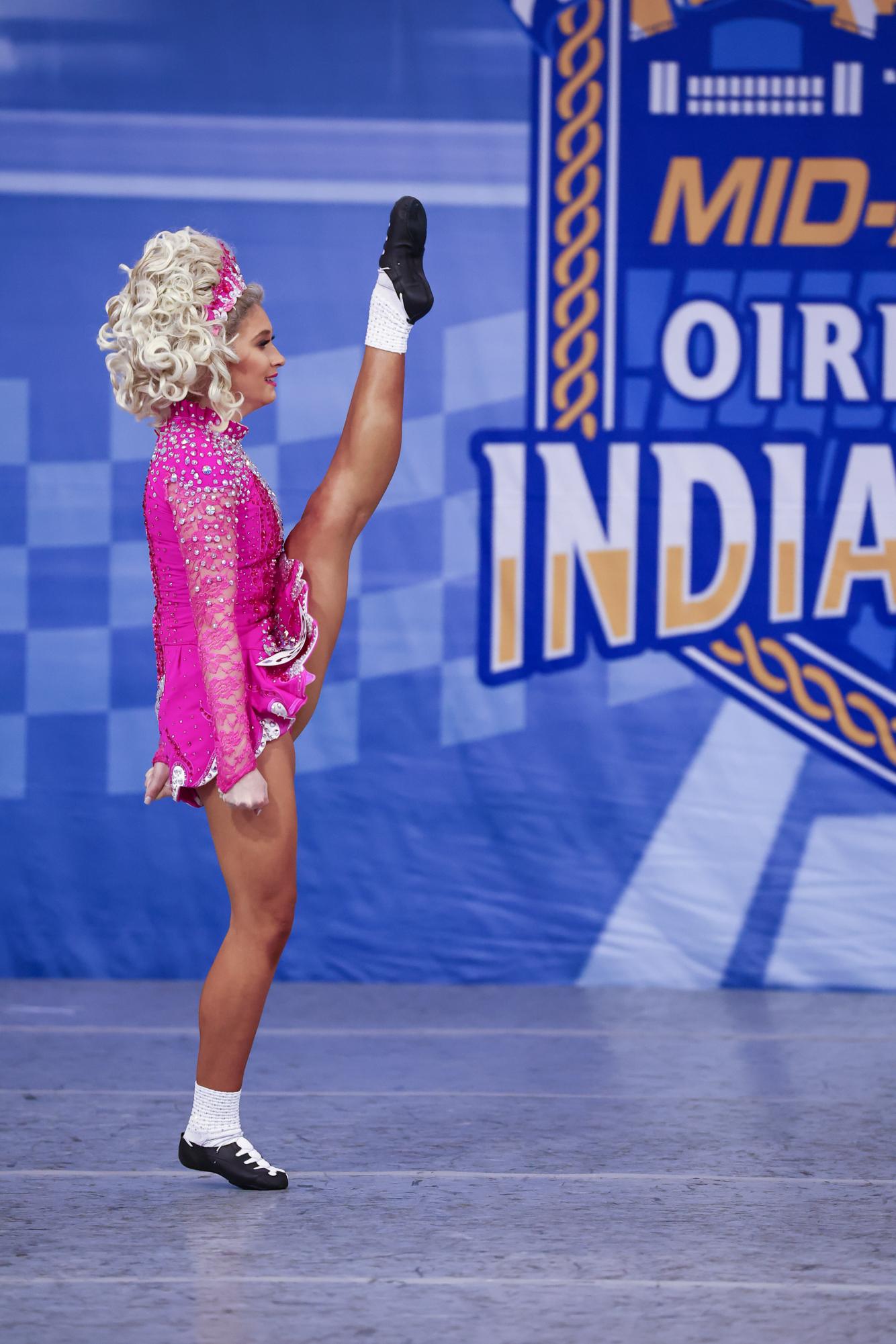
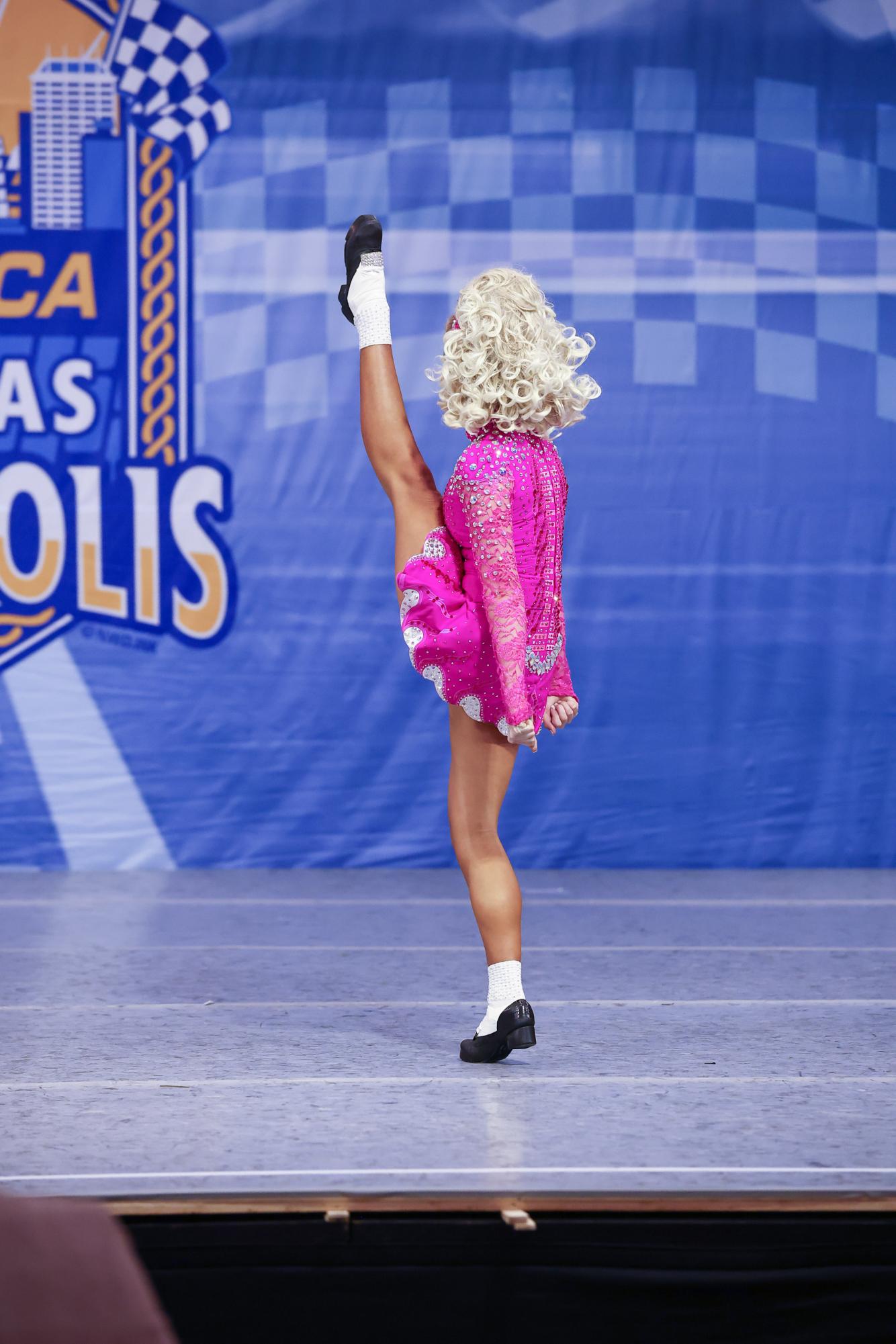
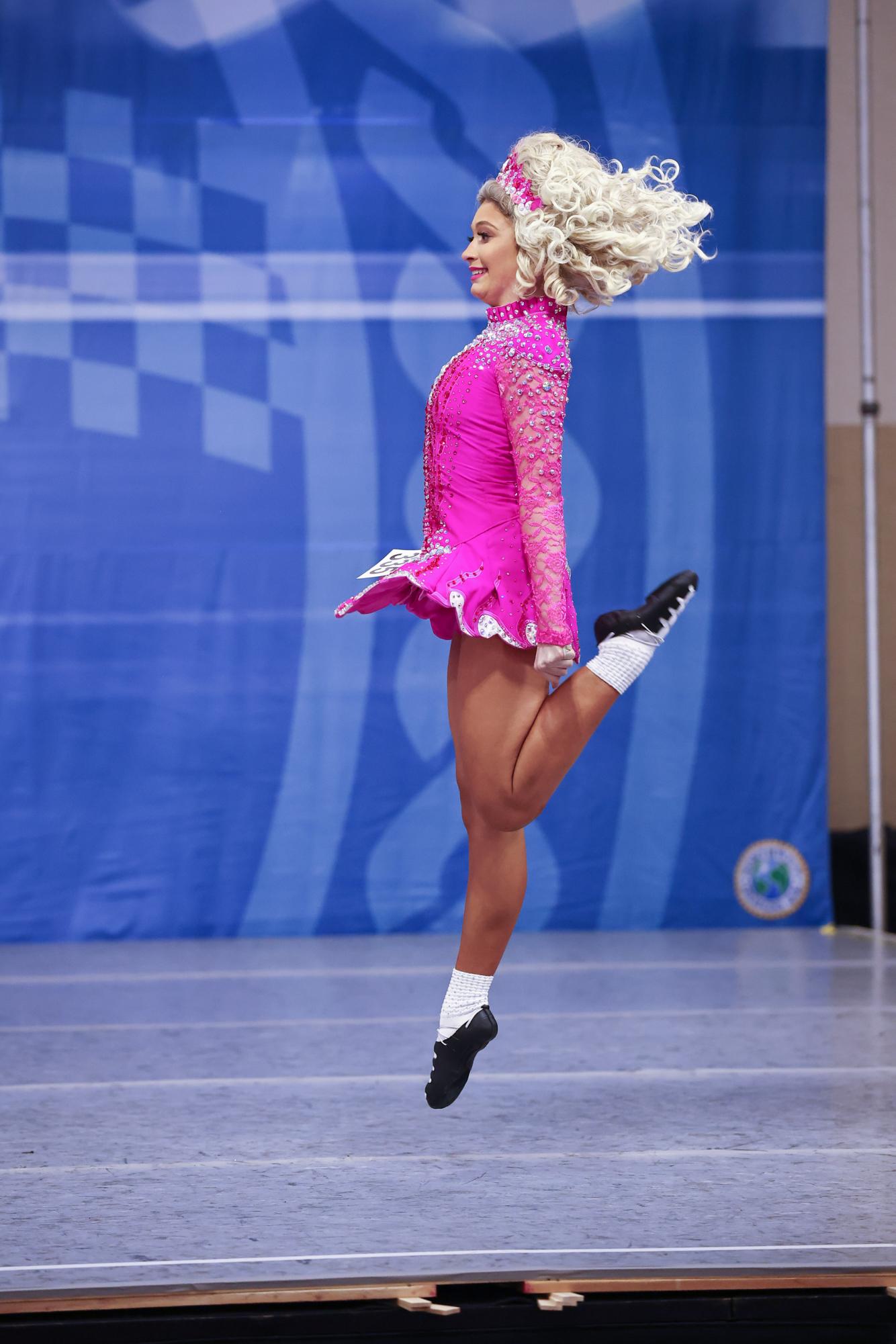
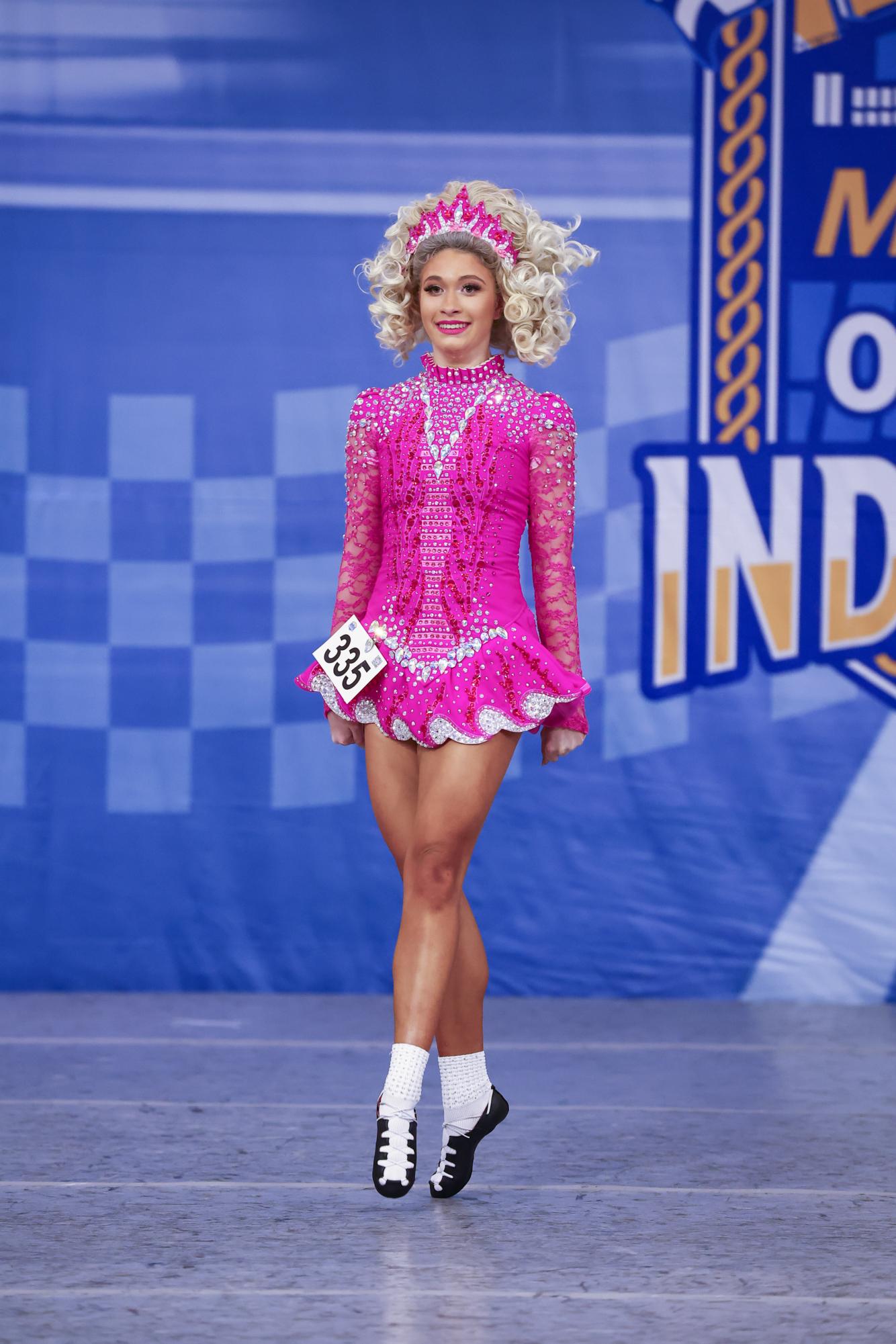
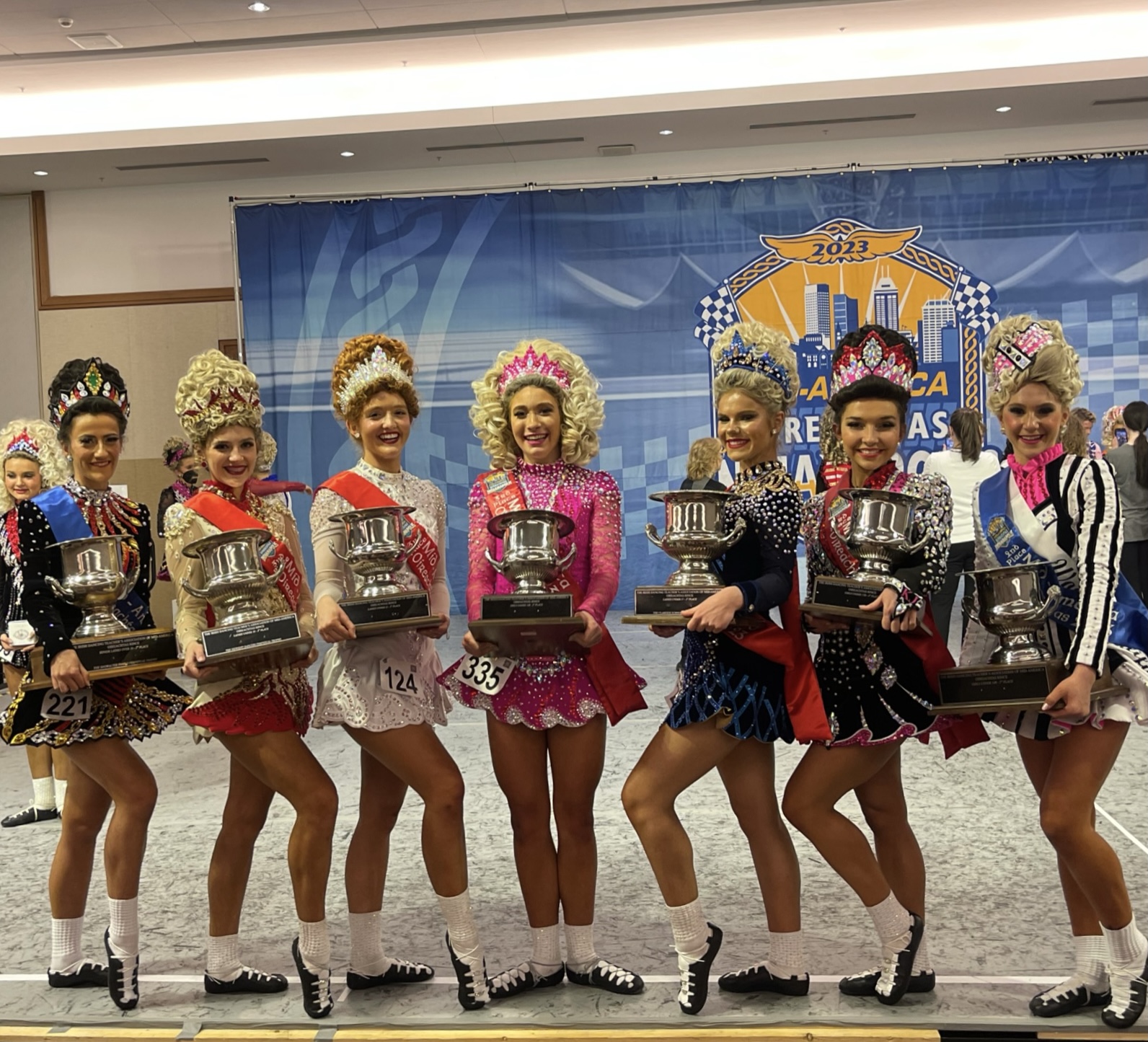

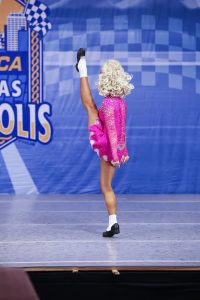


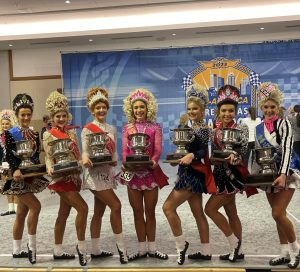


![School resource officer Rick Ramirez sits in his office. He usually spends little time in his office throughout his day of work, focusing on other issues. “Where our students are, I try to be,” Ramirez said. “Sometimes I get off at 2:45 p.m. when nothing’s going on, or sometimes I get off at 10 p.m. [Those are] my hours.”](https://laduepublications.com/wp-content/uploads/2024/12/Hsiao_20241203_ID_RickRamirez_007-799x1200.jpg)
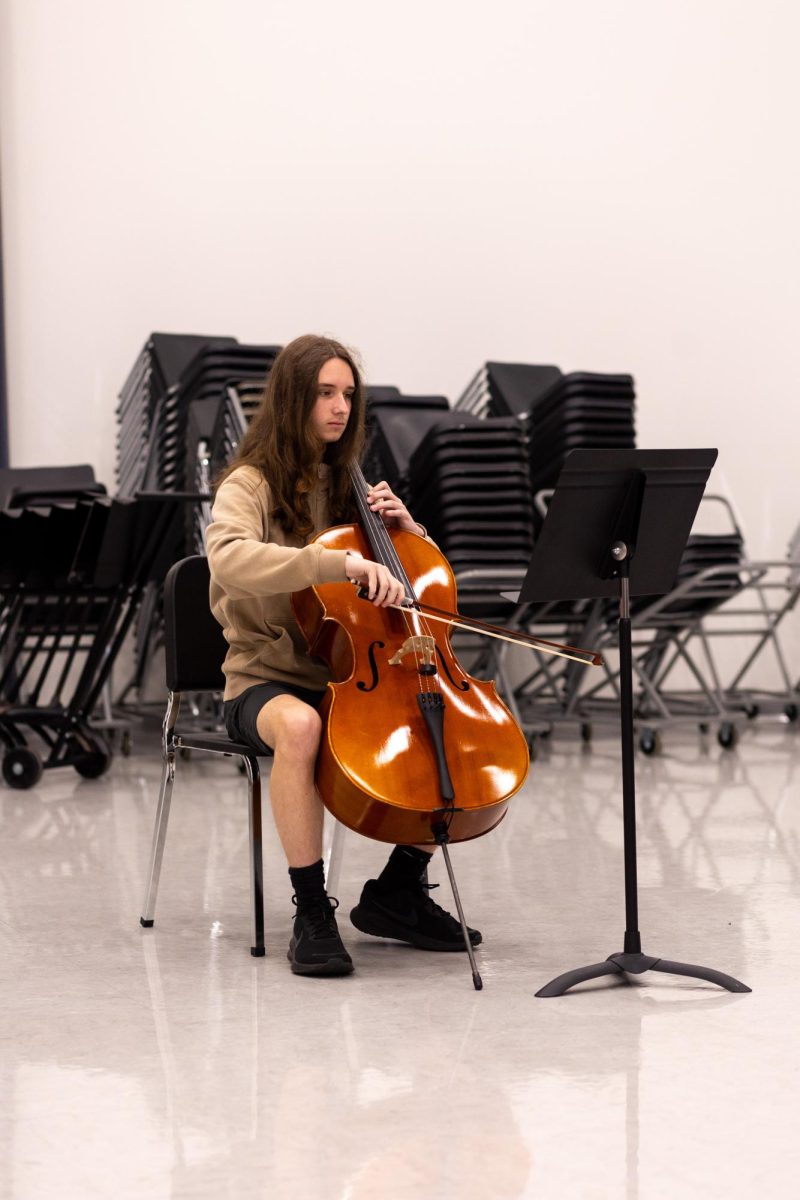
![Reva poses in front of her home and address plaque. After reuniting with her father and grandparents, she has made many new memories and retained her culture. “We have a lot of Indian cooking going on,” Reva said. “I also like telling people about Indian food, mainly because that’s something that really connects me to [Mumbai].”](https://laduepublications.com/wp-content/uploads/2024/12/At-Home-1200x799.jpg)

